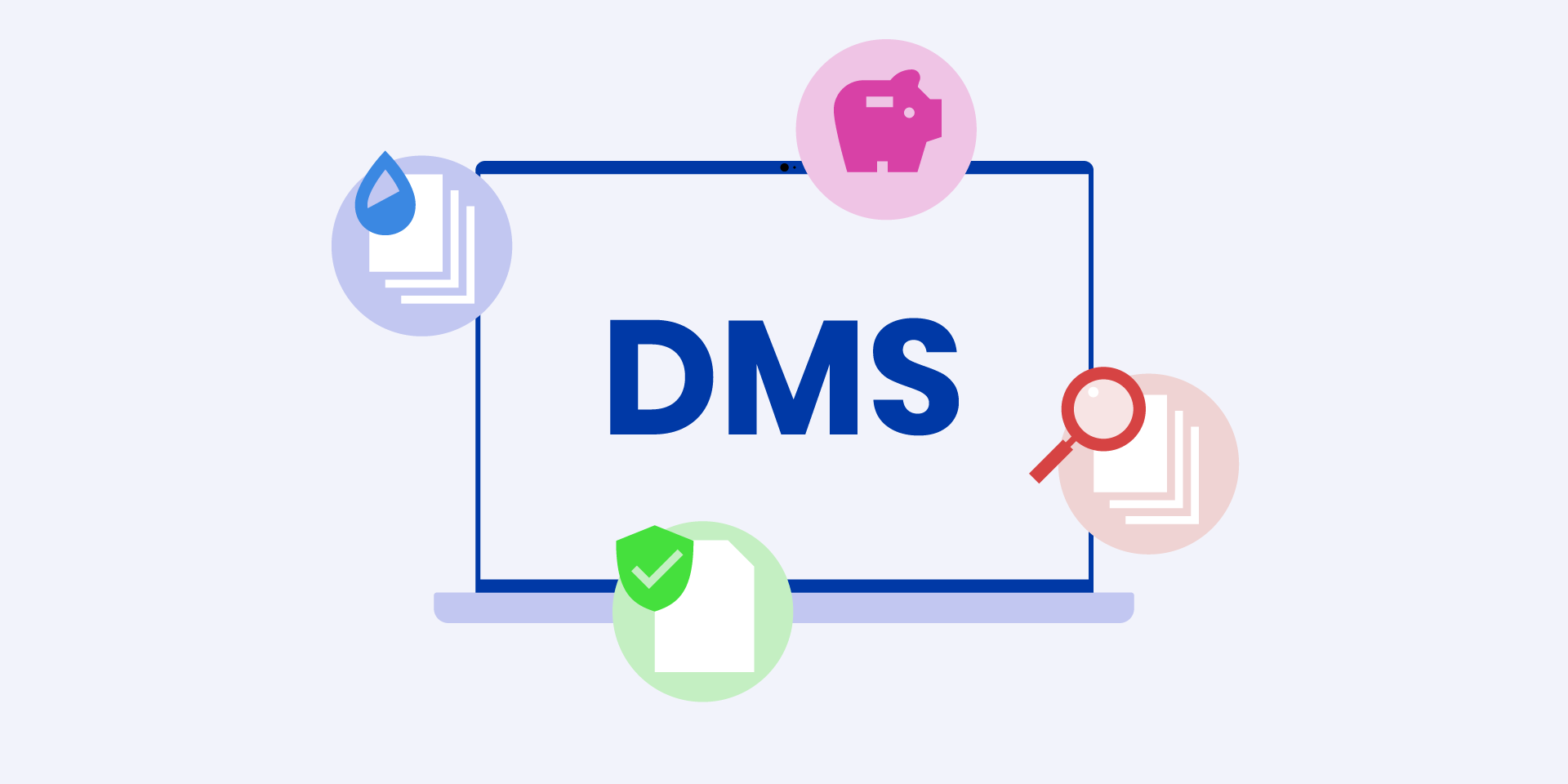
One of the main concerns of a company is the good management of the entire documentation, from the document creation process to its distribution. But, undoubtedly, the most important function for an organization is the correct delivery or distribution of its documents, since they are the information-laden elements that users receive. A document system that properly manages the output of these documents will help ensure that the customer receives the best possible experience.
What Is a Document Communications Management System?
Communication management systems are often an essential part of the company’s CCM (Customer Communications Management) business strategy and are born as the solution to one of the most frequent issues among enterprises: mismanagement of output files from information systems. Thanks to these document systems, document and spools (impression queues) generated are effectively managed, delivery is guaranteed and the necessary means are provided for redirection to other means of printing or distribution.
The possibility of distributing information or documents through multiple channels is essential in a document communications management system. The multi-channel function allows users to send and deliver all generated documents in different ways, either via email, postal service, SMS, video, print, screen presentation, etc.
These document communication platforms solve the main problems that an operator usually has to deal with, such as reprinting, forwarding, altering the selection of output trays or handling different data streams from different systems that are directed to equipment of various technologies. These problems are encountered on a day-to-day basis in an IT system; thanks to a communications management system, the organization can reduce and avoid mishaps.
The objective of these state-of-the-art document systems is to relieve applications of the responsibility for the delivery of generated outputs, in addition to providing added value by having the possibility of including new functionalities demanded by customers.
Main Functionalities of a Document Communications Management System:
- All necessary aspects of print system output are handled through a single technology infrastructure, providing multiple features that can be implemented in a modular fashion to create the required environment.
- System is based in a scalable architecture to manage and handle a large number of printers. Besides, the operator can be restarted in very short periods of time. This would avoid unnecessary operational delays and save time.
- Enables toner savings in printers, reducing the total amount of toner used in the print output. This saving does not affect the quality of the documents.
- The print controller is mainly created to distribute and control all generated printouts, offering the possibility of sending them as PDF attachments by e-mail, connecting to other applications and storing documents in a document management system.
- Organizations are offered the possibility of printing documents generated on smart devices without the need for external components for devices to connect to the network infrastructure.
- It allows optimizing print data streams by eliminating unnecessary parts or repetitive portions. This speeds up the printing process and reduces resource consumption.
- In a print management document system, it is important that a complete view of the system is displayed so that its status can be known at all times. This is achieve through a control panel that provides the user with a graphical view of the system operation in real time.
Benefits of a Document Communications Management System:
- Paper and toner savings: thanks to its multi-channel function, a print management system allows paper savings with the option of sending by PDF, among others.
- Cost savings: cost savings are a consequence of toner reductions, as well as paper and energy conservation due to process automation and advanced print output technology.
- Protects confidential documentation and reduces the volume of printouts: as it is a strictly controlled system, the confidentiality of the information is completely assured.
- Real-time system analysis: being able to visualize and monitor the entire system in real time is another of the advantages offered by these platforms, allowing the recording and reporting of all printing and distribution processes.
